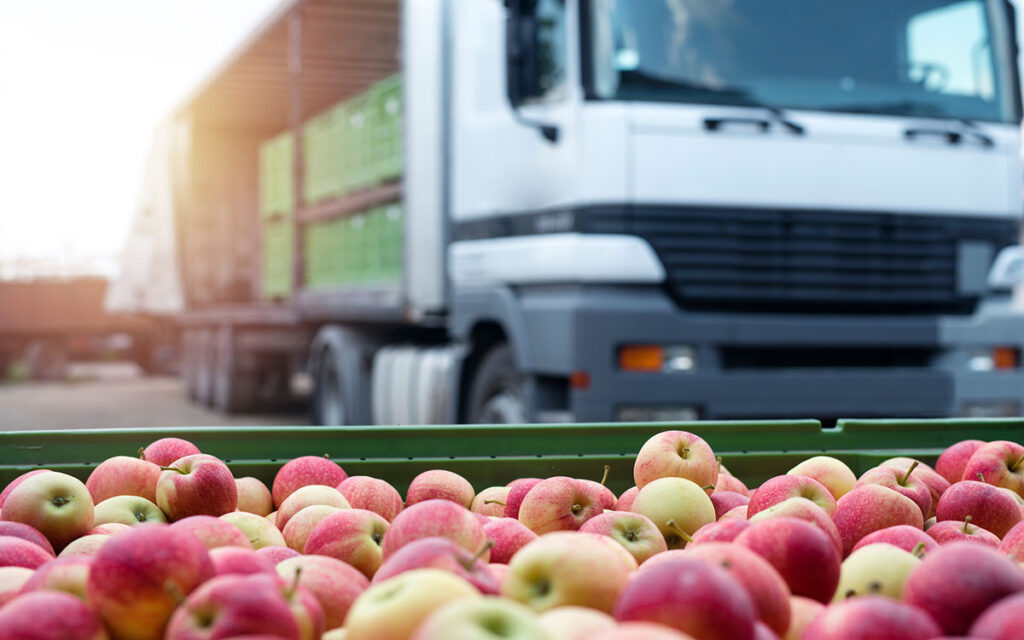More than 2 billion tones of food go uneaten around the world, almost double than previously thought, according to a recent report by the World Wildlife Fund (WWF) and British retailer Tesco. An estimated 2.5 billion tones of food are lost on farms or wasted by retailers or consumers globally, accounting for about 40% of production, the report states.
What’s even more staggering is that half of the global food waste occurs in Asia! Most of this happens before consumers even buy their food that may be lost throughout its entire production process, either during processing or distribution. In fact, more than 80% of waste comes from grocery stores, restaurants and homes. Merchandisers are likely to toss out ugly looking foods and produce from the shelves despite being fresh or nutritious, although the food can be better used at food and beverage (F&B) outlets where the food is cooked, plated and served at the table. Instead, these aesthetically imperfect food often end up in landfills where it is incinerated or left to rot, contributing to greenhouse gas emissions like methane.
Thankfully, some emerging technologies are becoming crucial tools and solutions for food waste and loss, while improving access to food worldwide. This is especially important in bringing fresh, healthy items from farm to table.
Optimizing logistics and supply chains: Singapore-based TreeDots is the first food surplus marketplace in Asia that has created a vertically integrated supply chain with a B2B marketplace and a social commerce feature for group-buying by consumers. The online platform allows suppliers to connect directly with consumers using their services and logistics with a marginal platform-fee to keep costs low, and allowing for a more effective means of redistribution of unsold inventories. The company is developing its own cold-chain logistics infrastructure to help food reach end users more quickly, locally and in the region.
Smart shelving: Meanwhile, supermarkets are experimenting with smart shelves to reduce the price of items to match their decreasing use-by and best-before dates. This technology is not limited to stores and can be rolled out to homes with smart fridges that can alert consumers of impending use-by dates and remind them to consume a product before it expires. Dynamic shelf life is where the shelf life is adjusted according to the actual quality of the product. This is a real game changer for manufacturers, retailers, and consumers. Changing the way products are labelled and stored will help optimize product shelf life and significantly reduce food waste on a daily basis.
Data-driven solutions: When it comes to shelf life, there is no one size fits all solution. This not only applies to perishable products but to non-perishables as well where quality can vary dramatically from batch to batch. With the help of artificial intelligence and machine learning capabilities, manufacturers can take stock of the many variables involved in the process across the entire supply chain and formulate a dynamic shelf life for each product. These include the monitoring of ingredients and finished products, storage, transportation times and conditions throughout the production cycle, profiling and evaluating the quality of raw ingredients once the product reaches the retailer. Sensors are able to carry out temperature checks at defined intervals and trigger an alarm when the values fall below or above specified threshold values. Additionally, assets can be tracked and traced all the way up and down the supply chain, reducing loss and theft, and demonstrating proof of origin. This can help to determine optimum use-by dates that are aligned to the specific quality attributes of an individual batch of products.

Sensors help with temperature checks of perishable foods at defined intervals. (Photo: Logmore)
Fortunately, the F&B industry is readily embracing the Internet of Things (IoT) to ensure food safety while operations become more streamlined and efficient. For manufacturers, ready access to vital information and insights can help them change course, be it product reformulation to prevent recalls, looking at alternative sources of ingredients, or changing the mode of transportation to preserve product shelf life, prevent spoilage and reduce wastage.
The pandemic has exacerbated some of the problems associated with food insecurity. While the ultimate goal is to significantly bring down waste levels, it is nearly impossible to totally eradicate this problem. But the benefits of reducing waste are definitely worth the time, effort and money.








